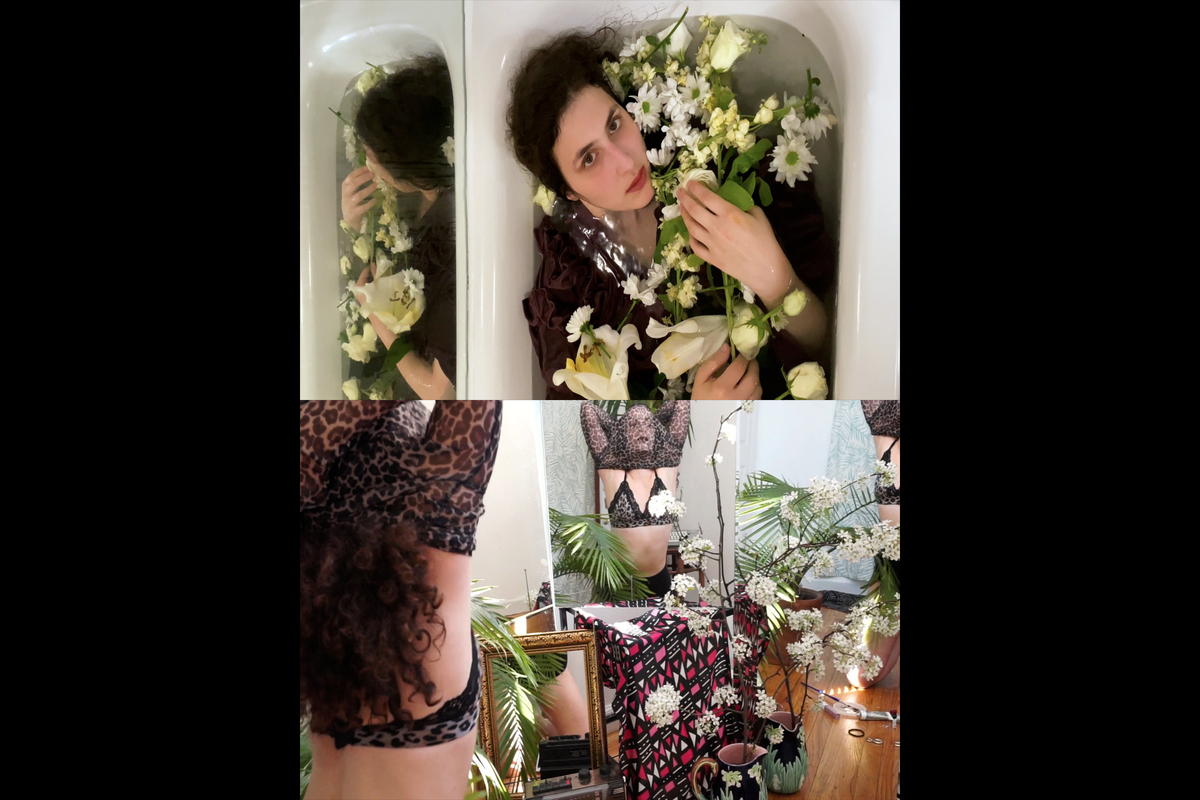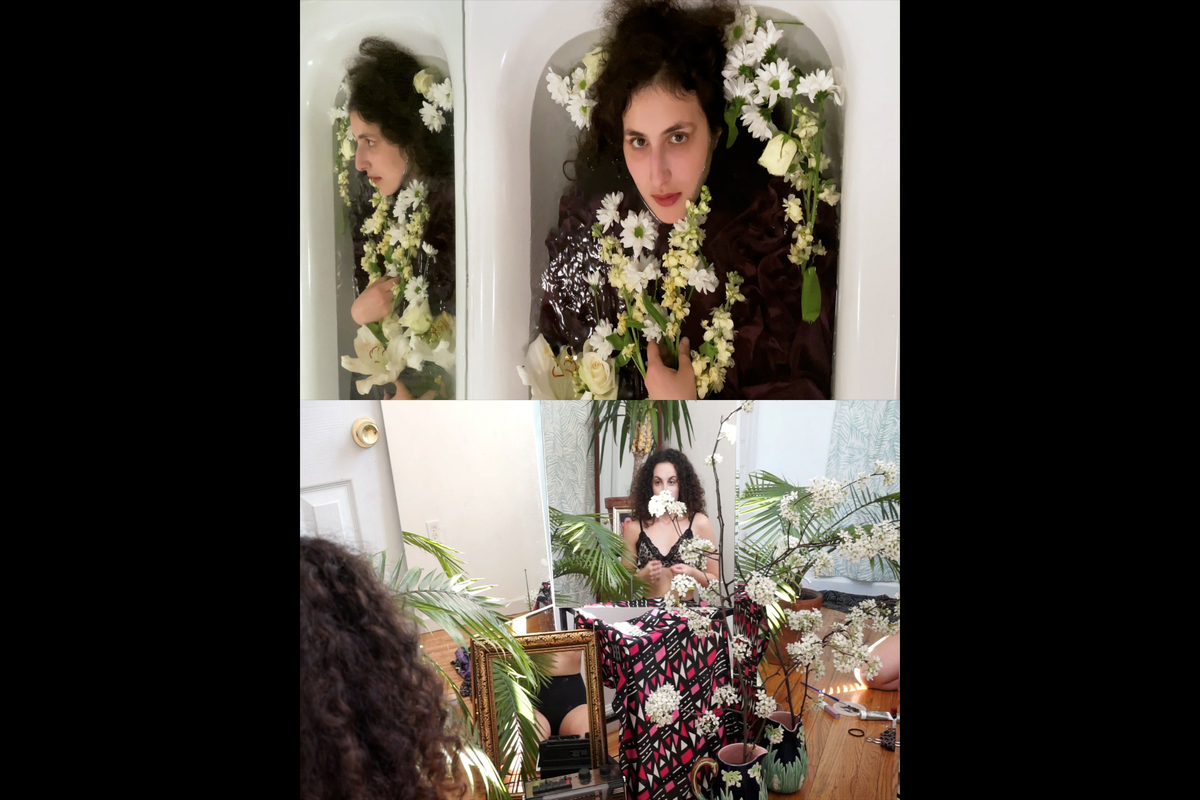An introduction to ‘(un)becoming’ by Reservoir Peacocks
Written by Alexia Alexandropoulou
Typically archives, such as museums or libraries, function as repositories of memory. But archives may also be experienced in different ways; our bodies can become vehicles for sharing stories. In that vein, the work ‘(un)becoming’ attempts to bring to life different voices of history and memory.
Reservoir Peacocks, an artist duo mainly working with performance as a medium, poses the question of how best to record ephemeral work, producing a wide range of experimental responses that go beyond traditional formats. For them, the human body is a means for re-exploring archives. The body itself is embedded in their practice and through its use they communicate different stories.
The role of performance in archives
While archives are often preconceived as static, their revisiting generates new meanings and narratives in the present. In this sense, archives are closer to performance than they would seem at first glance. Both allude to formative processes of history-making and thus shed light on untold stories.
Through their project, Reservoir Peacocks investigate the relation between body and memory, including types of knowledge that are generated within the framework of performative practice. They inevitably offer reflections that embody both universal and personal stories which need to be told, while they consider the challenges of documenting and archiving a practice where themselves as performers and their female bodies are confronted with societal expectations.
There is certainly much to be gained from thinking about ourselves and our bodies as archives. When we dive into the fields of our memories and feelings, we can enrich ourselves and others with new thoughts and narratives.
The video performance ‘(un)becoming’ addresses the relationship among live performance and archives, bringing into relief new tensions between permanence and ephemerality. In this two-channel video installation, they show how the body in motion is the vehicle of several connotations and stories. Therefore, their body becomes a living archive, continually in transformation, perpetually learning and unlearning, drawing from the tensions of seeing and being seen. Reservoir Peacocks embody and reiterate established forms of representation of the female figure in art history, advancing theoretical understandings around femininity and the position of the female body within a contemporary context.
Reservoir Peacocks approach the body as an archive itself, an archive of experiences and sensations and build on the archive’s potential for collaborative art practices. ‘(un)becoming’ explores archives as evolving things, activated, and reactivated, by the body. Archives emerge as agents of creation and signification constituted by and made of bodies. In the end, archives are not only tangible documents and monuments, but also living organisms, prone to decay, dissolution, and rearrangement, permanently in process.
Reservoir Peacocks enable us to engage with cleavages and links between past knowledge and future imagination, as well as the role of representation. In ‘(un)becoming’, we see a strong sense of “now-time,” a form of remembrance work and archival transformation which goes hand in hand with the de- and re-construction of the past through the experience of the present.
Reservoir Peacocks is a performance duo founded on 11/11 by artists and cultural researchers Maria Anagnostopoulou and Léllé Demertzi. Together, they meditate upon matters of identity and femininity, foreignness and the need for connectedness, memory, language and untranslatability, global and local, the roots, the scars, and the stars in the digital era.
LINKS
reservoirpeacocks.com
instagram.com: Reservoir Peacocks




